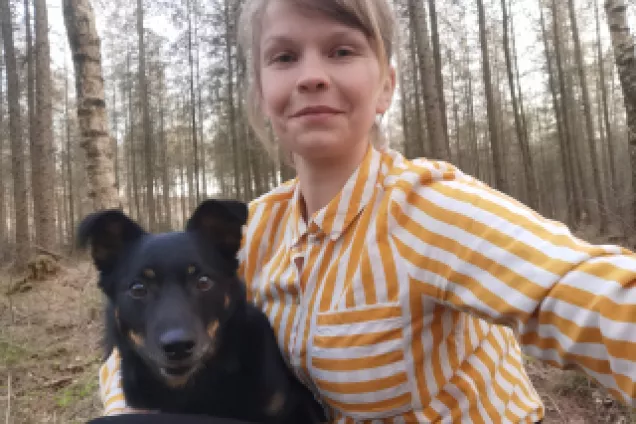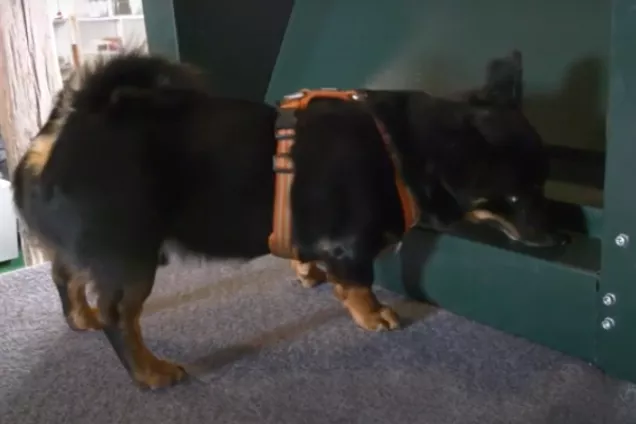Sofia Blomqvist’s objective is to repeat a previously criticized scientific study, that didn’t find any advantage to using dogs for this purpose. The aim is to determine whether dogs can be trained to find bumblebee nests, and if they can, see if they are better at doing it than humans. Should evidence show that dogs are more effective at finding nests than humans, it could make things easier for researchers, when they study large areas, for example.
By chance, Sofia Blomqvist came across research on how dogs can be used to find bumblebee nests and it did not take long before she involved her own dog. There are already bumblebee detection dogs in the USA, New Zealand and the UK, but in Sweden, Sofia is a pioneer.
”I am a classic dog-loving idiot and have always thought that we do not fully take advantage of dogs’ abilities. At the same time, we do not have much information about bumblebee nests, where they are and what they look like, so I hope that we will be able to fill the information gaps quickly and efficiently with the help of dogs”, she says.
The future bumblebee detector is called Ylle, a two-and-a-half-year old, brown-black, Lancashire heeler. The breed was developed to herd cattle, but Sofia Blomqvist says that Ylle also has a huge interest in working with his nose. Therefore, he will be given the task of "herding" bumblebees.
“I would not have started doing this if Ylle had not been so interested in smells initially. He has shown me the way here”, she says.
For those who are eager to themselves go out and look for bumblebee nests, it may be easier said than done. Unlike wasps, for example, bumblebees do not usually build their own nests, instead they move into various cavities that already exist in the surroundings, such as old vole burrows or holes in the ground. As a consequence, they can be difficult to see and detect. Some things to look out for, however, are airy moss, old rodent nests and piles of stones.
“Often, you only notice colonies when you see many bumblebees in the same place, for example in a crack in a house, or if they fly up when you mow the lawn. That is precisely why there is a lack of knowledge about bumblebee nests, because they are so tricky to find”, concludes Sofia Blomqvist.

